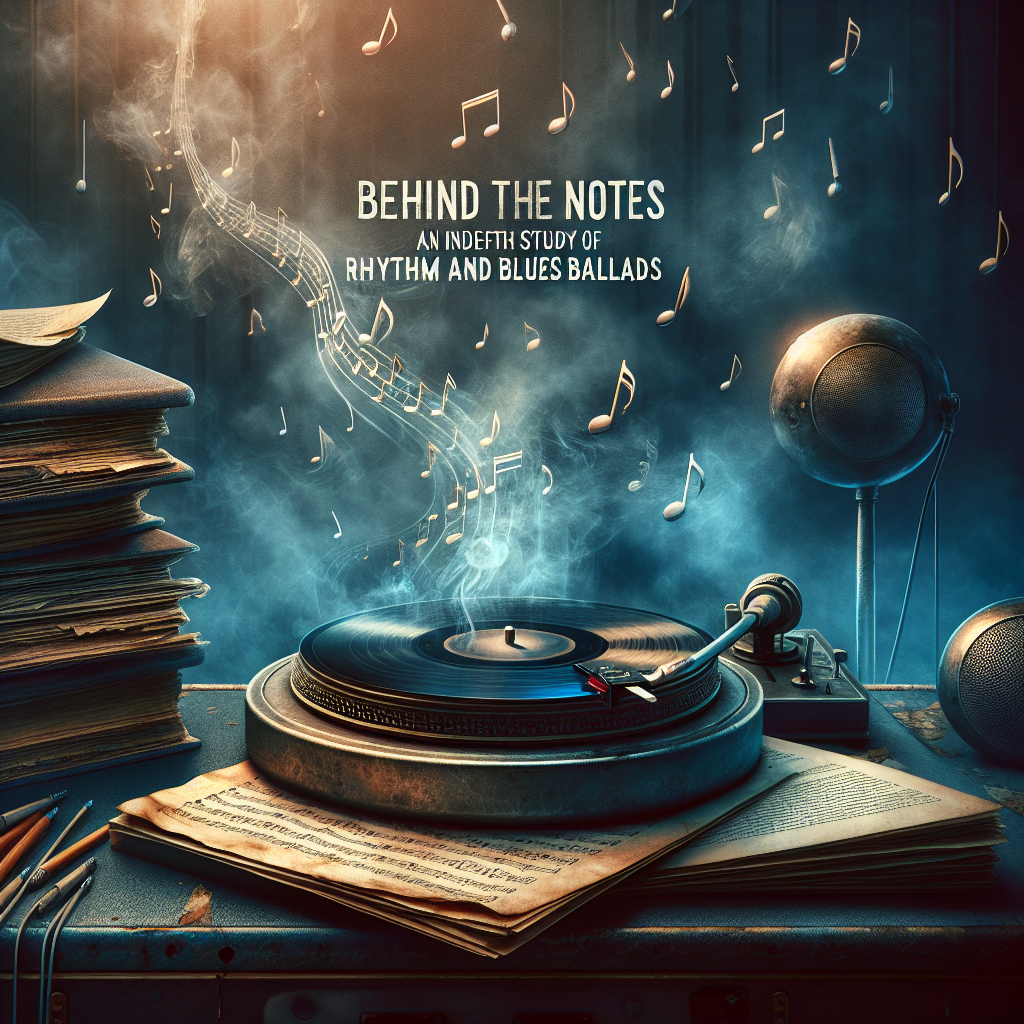Music is regarded as a universal language, traversing cultural, linguistic, and geographic boundaries. Each region’s unique musical instruments significantly contribute to the distinctive sound of its traditional music. This article aims to explore the richness and diversity of such traditional instruments used in different countries around the globe.
Africa: Djembe and Kora
Africa, often referred to as the cradle of music, is home to numerous traditional instruments. One notable example is the Djembe, a skin-covered hand drum that produces a variety of sounds. The Kora, a 21-string bridge-harp used extensively in West Africa, is another. Its melodious sounds echoing the tales and emotions of African folklore.
Asia: Erhu and Sitar
In Asia, traditional instruments carry the melodies of ancient societies and cultures. China’s Erhu is akin to a two-stringed violin and is capable of producing deeply emotional sounds. Whereas, the Sitar from India is a stringed instrument known for its unique resonating sound. Used extensively in Indian classical music, the Sitar can elicit intense emotional responses.
Europe: Harp and Accordion
Europe, too, is a continent rich in musical tradition. The Harp, a stringed instrument, carries deep cultural significance in Ireland, symbolizing the country’s rich history and culture. The Accordion, on the other hand, is a staple in Italian folk music, with its distinctive reedy timbre and expressive dynamics.
Americas: Native American Flute and Panpipes
In the Americas, indigenous instruments like the Native American Flute and the Panpipes from Andean cultures, are a testament to the deep-rooted history of the people. The Native American Flute, made of wood, produces soothing, serene music. The Panpipes offers a variety of notes, mimicking the sounds of the Andean highlands.
Oceania: Didgeridoo and Ukulele
Not to forget Oceania, where instruments like the Didgeridoo and Ukulele embody the spirit of the region. The Didgeridoo, a wind instrument native to Australia’s indigenous tribes, creates resonating, drone-like sounds. Hawaii’s Ukulele, a small guitar-like instrument, produces joyful tones synonymous with the islands’ inviting culture.
Conclusion
The exploration of traditional musical instruments around the globe is indeed a testament to the vastness of our cultural diversity and richness. These instruments not only provide melodious sounds but also serve as cultural symbols, telling brave tales of our ancestors and our history. Embracing such cultural heritage keeps these fascinating instruments alive, contributing to the wonderful diversity of music around the globe.
Frequently Asked Questions
1. What distinguishes traditional instruments from modern ones?
Traditional instruments are usually specific to a region or culture and have historical significance. Modern instruments, while sometimes having roots in tradition, are designed for a wider range of music and are often technologically advanced.
2. Can traditional instruments be used in contemporary music?
Yes, many contemporary artists incorporate traditional instruments in their music to add a unique ethnic touch or to pay homage to their cultural heritage.
3. How can one learn to play these traditional instruments?
Many music schools offer courses in traditional music. Alternatively, online tutorials and videos are also an accessible option.
4. Where can one buy traditional instruments?
Traditional instruments can be purchased from local markets, specialized music stores, or online platforms that sell globally.
5. Why is it important to preserve traditional instruments?
Preservation of traditional instruments is vital as they embody cultural heritage and diversity. They provide insight into our past, enriching and educating future generations about their ancestral roots.




